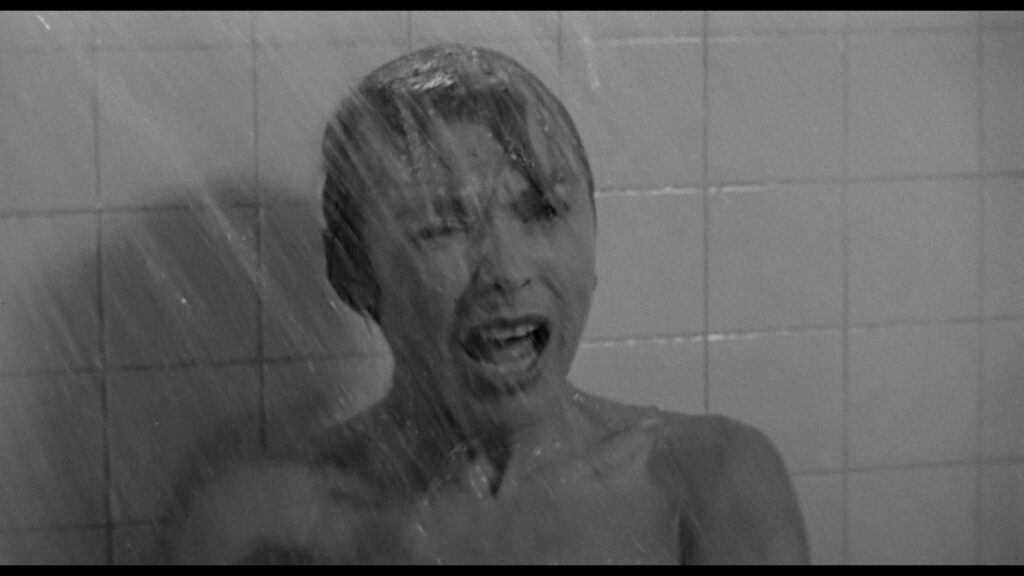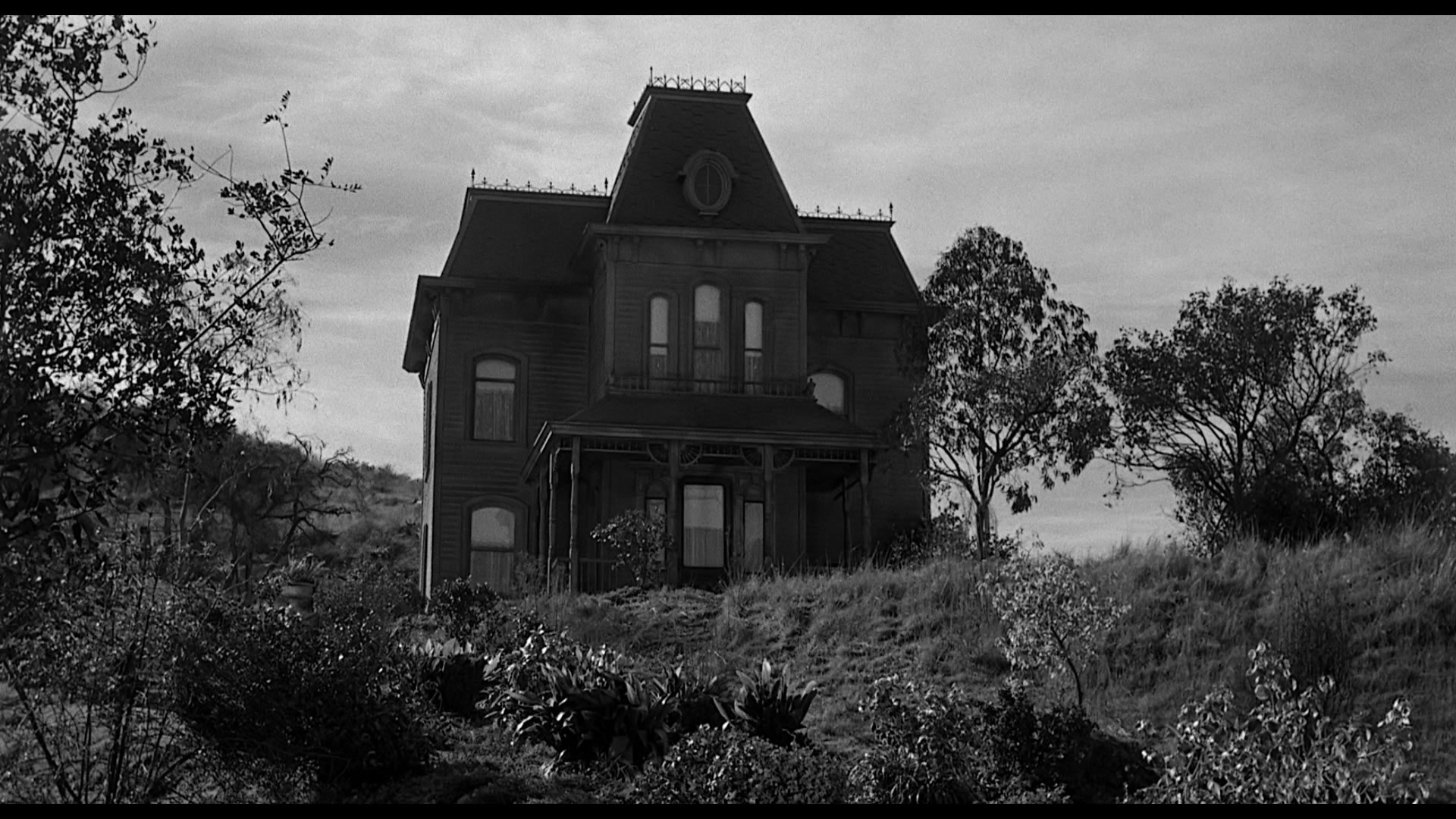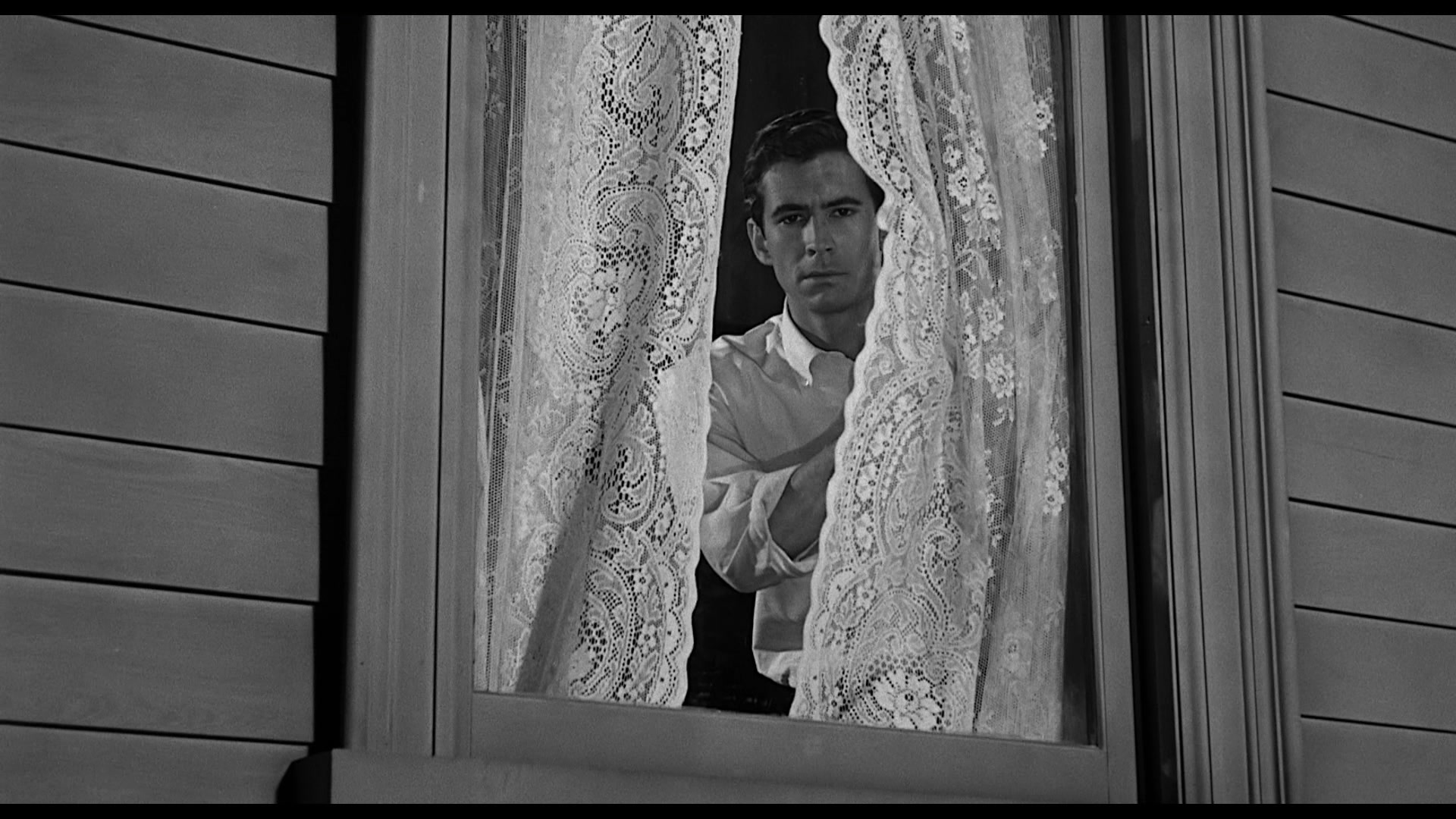
Psycho (1960) broke the mold of horror movies. It wasn’t just the blood or the iconic shower scene that haunted us — it was the terrifying unraveling of a mind trapped in its own nightmare. Alfred Hitchcock didn’t just make a thriller; he made a chilling study of trauma, repression, and identity fractured beyond repair.
If you’re watching just for the suspense, great. But if your psych brain’s switched on, Psycho is a masterclass on the dark corners of the human psyche. Let’s unpack that.
Norman Bates: The Man and the Monster Inside
Norman Bates looks like your average shy guy, but inside? He’s a fractured soul caught between two selves — the timid son and the monstrous mother. Freud would say Norman is stuck in an Oedipal nightmare: his love for his mother is tangled with deadly jealousy and guilt. When Mother dies, Norman doesn’t let her go — he becomes her.
His mind splits. On one side, Norman tries to live a normal life, polite and soft-spoken. On the other, the “Mother” personality takes over — controlling, punishing, violent. It’s like his ego was crushed under his superego’s iron fist. Every time he feels desire or independence, Mother kills it. Marion Crane, the first victim, isn’t just a random target — she’s the embodiment of Norman’s forbidden urges, and “Mother” destroys what Norman secretly wants.
“A boy’s best friend is his mother.” It’s twisted but true here. Norman is chained to a mother who lives on inside his head — and that’s the true horror.

The Bates House: A Mind in Architecture
The eerie Bates house isn’t just a creepy set piece — it’s a symbol of Norman’s fractured psyche.
-
Upstairs is Mother’s domain — cold, dark, watching. The superego, all control and judgment.
-
Downstairs is Norman’s conscious self — the polite caretaker.
-
The basement? The buried secrets. The dead body. The madness Norman tries desperately to hide.
When Lila descends into the basement, she’s not just searching for evidence — she’s plunging into Norman’s darkest repression, where the line between Norman and Mother collapses.
Marion Crane: Desire and Doom
Marion is a woman trying to escape her life and take control — stealing money and chasing freedom. She’s the spark that sets Norman’s madness ablaze. She awakens his desperate longing, but also Mother’s wrath. The shower scene isn’t just a murder; it’s a violent purge of desire. Marion tries to wash away her guilt, but Norman’s fractured mind won’t let her escape — she has to be destroyed.
Identity Consumed: The Death of the Self
Norman’s split isn’t just a battle — it’s a cannibalistic loop. He kills Mother’s body but resurrects her mind. By the end, Norman’s identity is gone, swallowed whole by the Mother persona. His final chilling smile shows that “Norman” is dead — only Mother remains, trapped inside his fractured mind.
Hitchcock’s Dark Mirror: The Audience as Voyeur
We don’t just watch Norman’s story — we become part of it. Hitchcock forces us into the role of the voyeur, watching Marion undress, witnessing the murder. We are complicit in the invasion, sharing Norman’s fractured gaze. The film holds a mirror to our own hidden desires and dark curiosities.
Psycho isn’t just a horror movie about stabbing and suspense. It’s a portrait of a mind shattered by trauma and impossible love — a self destroyed by an internalized abuser. Norman Bates is a haunted house of a man, forever trapped in a cycle of sin and punishment.
The real terror is not the knife — it’s the slow, endless disintegration of the self.





